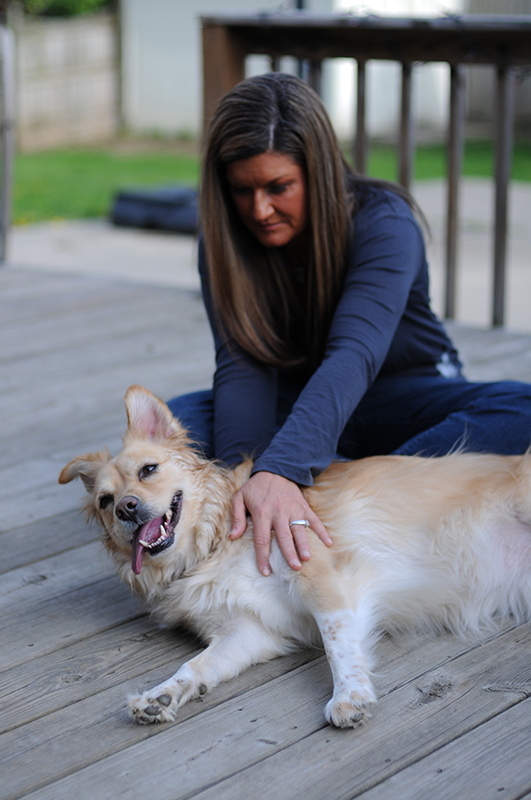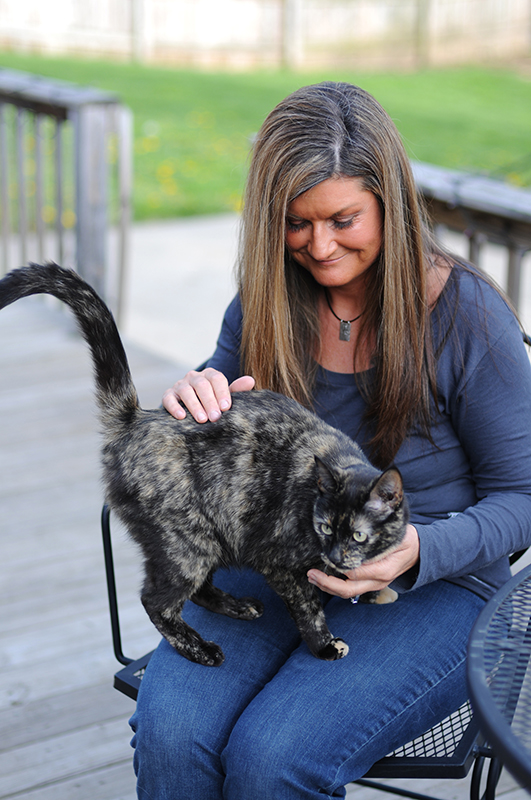
How Does Animal Communication Work?
Animals communicate with one another intuitively and rely on this intuitive process to survive in their natural world. If you have ever witnessed a murmuration (large group or flock moving in sync in the air) of European Starlings flying in what looks like a choreographed ballet as they move and flow fluidly in sync, you are witnessing intuitive communication at its finest! Animals are tapping into ENERGY to connect to their world and communicate with each other.
Animal Communicators learn how to use their intuition to share information between themselves and the animals through this same energy. While each Communicator may tap into a different sense, they have all learned how to understand and translate this energy. Some Animal Communicators “hear” the messages audibly (Clairaudient), some “see” pictures the animal is communicating (Clairvoyant), and some can “feel” a clear physical feeling (Clairsentient) that an animal is conveying. I am the latter—Clairsentient; I physically feel what an animal is conveying whether that is a physical pain such as a stomach ache or emotional pain from trauma and abuse. These feelings become images which help tell the story an animal is conveying.

What Animals Can I Communicate With?
ALL. OF. THEM. is the simple answer! I frequently communicate with wild and feral animals (though they are the wariest and can be more difficult to obtain information from as they tend to be much more removed from any interactions with humans). Our companion animals and domesticated pets are generally extremely open to communication because whether you realize it, you are intuitively communicating with your pet(s) daily! These “conversations” are not limited by the breed or size of the creature—I have worked with horses, rabbits, cats, dogs, lizards, sugar gliders, macaws, and even a tarantula.
Why Would Communication Be Needed?
Animals, like humans, face challenges and life changes. Most clients are seeking help with a specific behavioral issue, behavior change, or wish to know their pet’s wishes regarding medical challenges or end of life decisions. Knowing, identifying, and being able to understand why an animal is exhibiting fear, what may have led to the animal’s increased anxiety, what their wishes are with respect to invasive or non-invasive medical procedures, whether they would want treatments or to be allowed to pass peacefully without lifesaving or long-term treatments, are all examples of why animal communication may be needed or requested. Many animals have had abusive and traumatic pasts which are unknown to us or the rescues that care for these animals with hopes of adoption. Being able to understand the reasons behind their behaviors can be a key to living in harmony with our beloved animals.
